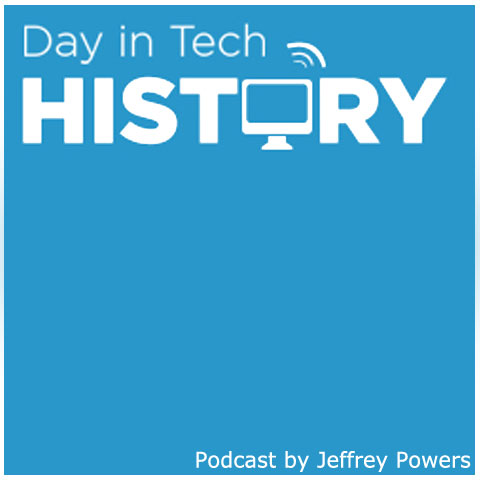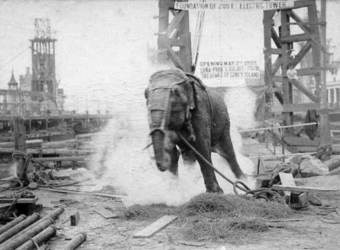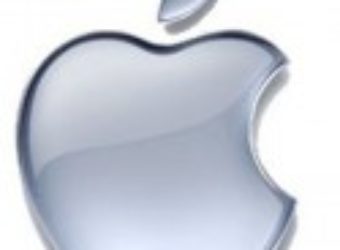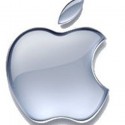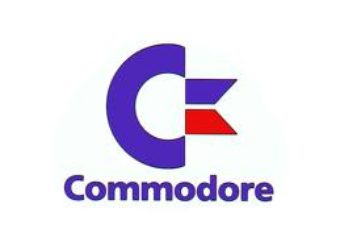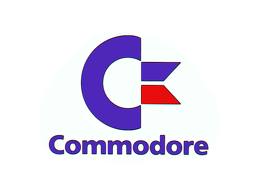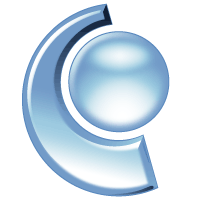January 5, 1984: GNU Project Founded
Subscribe! Spotify | RSS | More
1984 – Richard Stallman quit his job at MIT to begin the writing of GNU software. GNU – a recursive acronym for “Not Unix” and reference to the song “the Gnu” – is an operating system that is compatible with Unix software. Stallman wanted to bring a free software operating system for the masses to use as they needed. The open source community would then be able to grow the OS with their own code additions.
Even though no real stable version of GNU yet exists, Linux is based on the GNU kernel.

Subscribe to Day In Tech History:
RSS Feed - iTunes - Android - Spotify - iHeartRadio
Facebook -
- RSS Bandwidth by Cachefly Get a 14 Day Trial
- Join me on Patreon and support Day in Tech History
- v 2.0 of Perl is released
- Steve Jobs accepts CEO position at Apple
- Steve Jobs announces he has a “Hormonal Imbalance”
